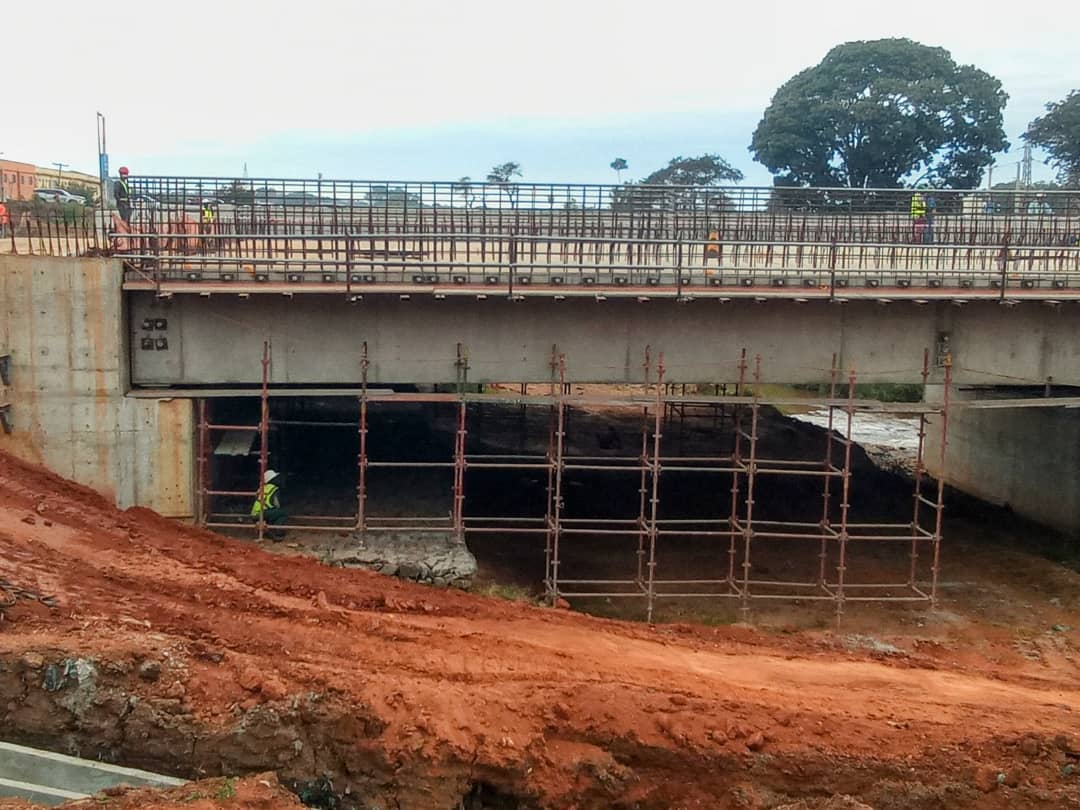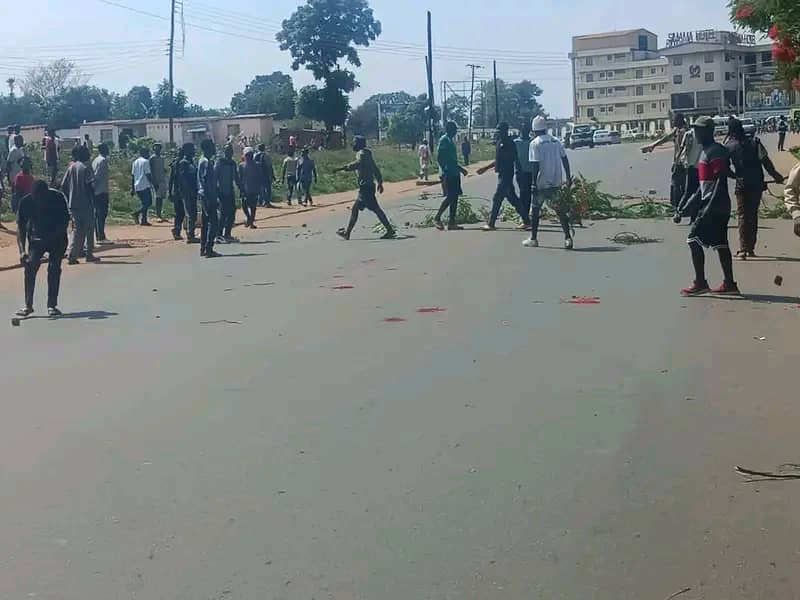By Burnett Munthali
The Lilongwe Bridge, an essential transportation link in Malawi’s capital, is undergoing a major reconstruction following the demolition of the old bridge several years ago.
Once a key fixture of the city’s infrastructure, the bridge’s replacement has become a highly anticipated project, intended to alleviate traffic congestion and enhance connectivity between Lilongwe and surrounding regions.
Serving as a vital link between residential, commercial, and governmental areas, the Lilongwe Bridge is indispensable to daily life in the city. It facilitates the movement of goods, services, and people, impacting the economy and the lives of thousands of commuters, traders, and transport operators.
Despite its importance, the bridge’s reconstruction has turned into a prolonged and frustrating process. What was initially projected as a relatively quick infrastructure upgrade has now stretched on for nearly five years, with completion not expected until 2025.
A Chinese road construction company was tasked with the project, and although the government had high hopes for its swift completion, the reality has been far from that.
The delays have raised serious concerns, especially considering the bridge’s crucial role in urban mobility and trade efficiency in Lilongwe.
Economic consequences have also followed, as the prolonged construction period coincides with the devaluation of the Malawian kwacha. This devaluation has raised the cost of materials, equipment, and labor for the project, driving up the overall costs significantly.
Moreover, the country’s ongoing inflationary pressures and rising public debt have compounded the financial strain, leaving many citizens questioning whether resources for the project have been used efficiently.
Local businesses situated near the bridge site, which once benefitted from daily traffic, are struggling. With reduced accessibility, many are reporting significant losses as customer numbers dwindle.
Public transport operators are also feeling the strain. Longer and poorly maintained detours have increased fuel and maintenance costs, adding to the burden of running their businesses.
Walking and cycling through the area has become hazardous, with unsafe temporary paths and excessive dust pollution causing daily discomfort. Additionally, emergency services have reported delays in response times, further highlighting the disruptive impact of the bridge’s ongoing construction.
Beyond the economic and logistical challenges, the social costs of the delays are apparent. Communities that once felt connected are now experiencing a sense of isolation, with little communication from authorities regarding the status of the project.
Experts in infrastructure development have stressed that such vital public projects must adhere to realistic, yet efficient timelines, particularly in a growing city like Lilongwe.
The continued delays have sparked calls for greater accountability from both the Malawian government and the Chinese contractors overseeing the project. Critics argue that five years is an excessive time frame for a bridge of this size and importance, warning that without proper oversight, similar projects in the future may face the same issues of delay and overspending.
While the government has cited logistical, technical, and global economic challenges as contributing factors to the delays, the public remains unconvinced and is demanding more transparency in the process.
As the 2025 completion date approaches, there is hope that the bridge will ultimately deliver on its promise to improve connectivity and invigorate the capital’s economy.
However, the Lilongwe Bridge reconstruction also serves as a cautionary tale for the future of infrastructure development in Malawi. It reminds the nation that infrastructure is more than just concrete and steel – it’s a matter of public trust, economic stability, and national growth.
As the project nears its final phase, the eyes of the public remain firmly on the contractors and the government, with a collective desire for the project’s completion and the lessons it will impart for future developments in the country.




